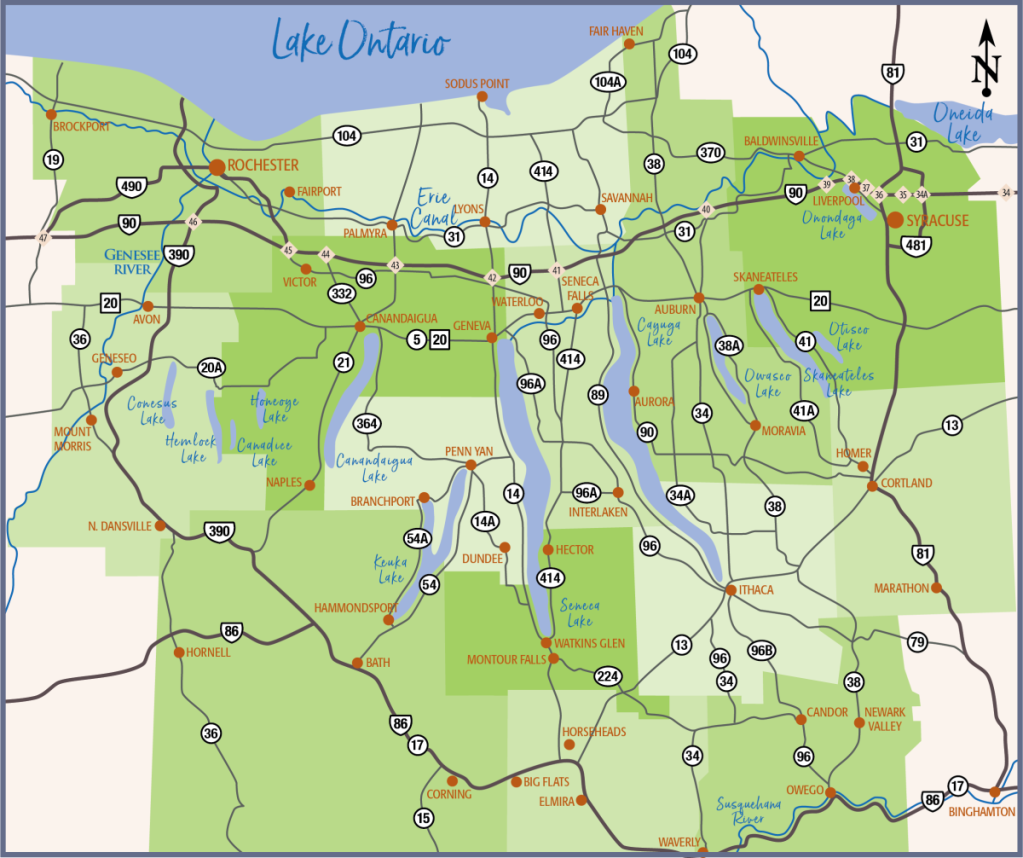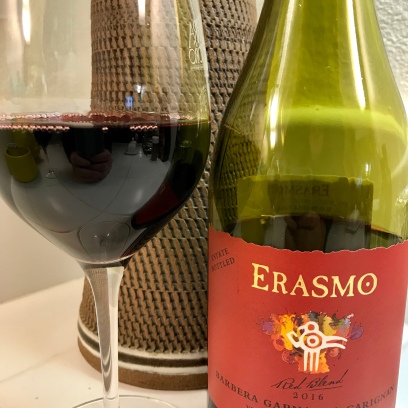Today we introduce two new wines from Domaine Bousquet. We have written about Domaine Bousquet wines a few times before and have delved into the history and the story behind the wines. You can read our previous posts here, here, and here, to learn more about Domaine Bousquet and husband and wife owners, Labid al Ameri and Anne Bousquet.
It is no small coincidence, in fact, no coincidence at all, that with Anne’s name on the Estate, the top-tier wines in the portfolio should be named after Labid. Behold, the Ameri line. We were presented with samples of the Ameri Red Blend 2020, and the Ameri Malbec 2020.
The following wines were provided as media samples for review. All reviews, descriptions, and opinions are our own. We received no additional compensation.
The Ameri wines are unique and special. They are made with only the best estate fruit during years of exceptional harvests. Thus, these wines are not made every year. The Red Blend was the first released, with the 2011 vintage. The Malbec followed with the 2019 vintage. The fruit for both wines are sourced from Domaine Bousquet’s estate vineyards located at an altitude of more than 4,000 feet, in the Uco Valley’s Alto Gualtallery zone, in the Andean foothills. As with all Domaine Bousquet wines, the Ameri duo are produced from certified organic fruit. To make these wines even more exceptional, the fruit is not just single-vineyard, but specific-cluster. Only the best clusters of grapes are used in the Ameri wines. So special are they, the bottles are numbered!
With all this hand-selecting and careful handling, you’d think these wines would be prohibitively expensive. You’d be wrong. Both the Ameri Red Blend and the Ameri Malbec have SRPs of $37.00 USD. Some internet sleuthing we did found prices even lower, around $30, at numerous online retailers.
Okay, great, but how are the wines? In a word: Exquisite. These wines punch well above their weight. In terms of price, we tasted before we looked back at the SRP, and agreed that wines of this quality were probably nearly double the actual price. In other words, seek out these wines and try them!
Rich, full bodied, and delicious, we opened these on a the night of an historic, windy storm here in Northern California. Even when the power went out, the Ameri wines kept us cozy all evening through the howling winds and driving rain.
Here’s what we thought about them.
Ameri Red Blend 2020
60% Malbec, 20% Cabernet Sauvignon,10% Syrah, 10% Merlot. Decanted 1 hour. Inky purple color. Nose of blackberry, blueberry, Marionberry, and earthy notes. On the palate, juicy black cherry, boysenberry, blackberry, and blueberry, with red cherry, cherry cola, chocolate, vanilla, and notes of black pepper. Full body, medium tannins, and vibrant acidity. Long finish of black fruit and spice.
Ameri Malbec 2020
100% Malbec. Decanted 1 hour. Inky purple with a brick rim. On the nose, blackberry, black cherry, cassis, tobacco, and smoke. Flavors of ripe blackberry, bramble, black cherry, black currant, tobacco, smoke, vanilla, and chocolate. Rich, full body with firm tannins and smooth acidity. Long finish of blackberry, black cherry, and baking spice. Very nice structure on this wine.
It’s an understatement to say we loved these wines. Our hope is that you are inspired to find them and try them. Please let us know in the comments how you enjoyed them!
Cheers!
- By Kent Reynolds and Robyn Raphael-Reynolds
- Photos by Robyn Raphael-Reynolds













































